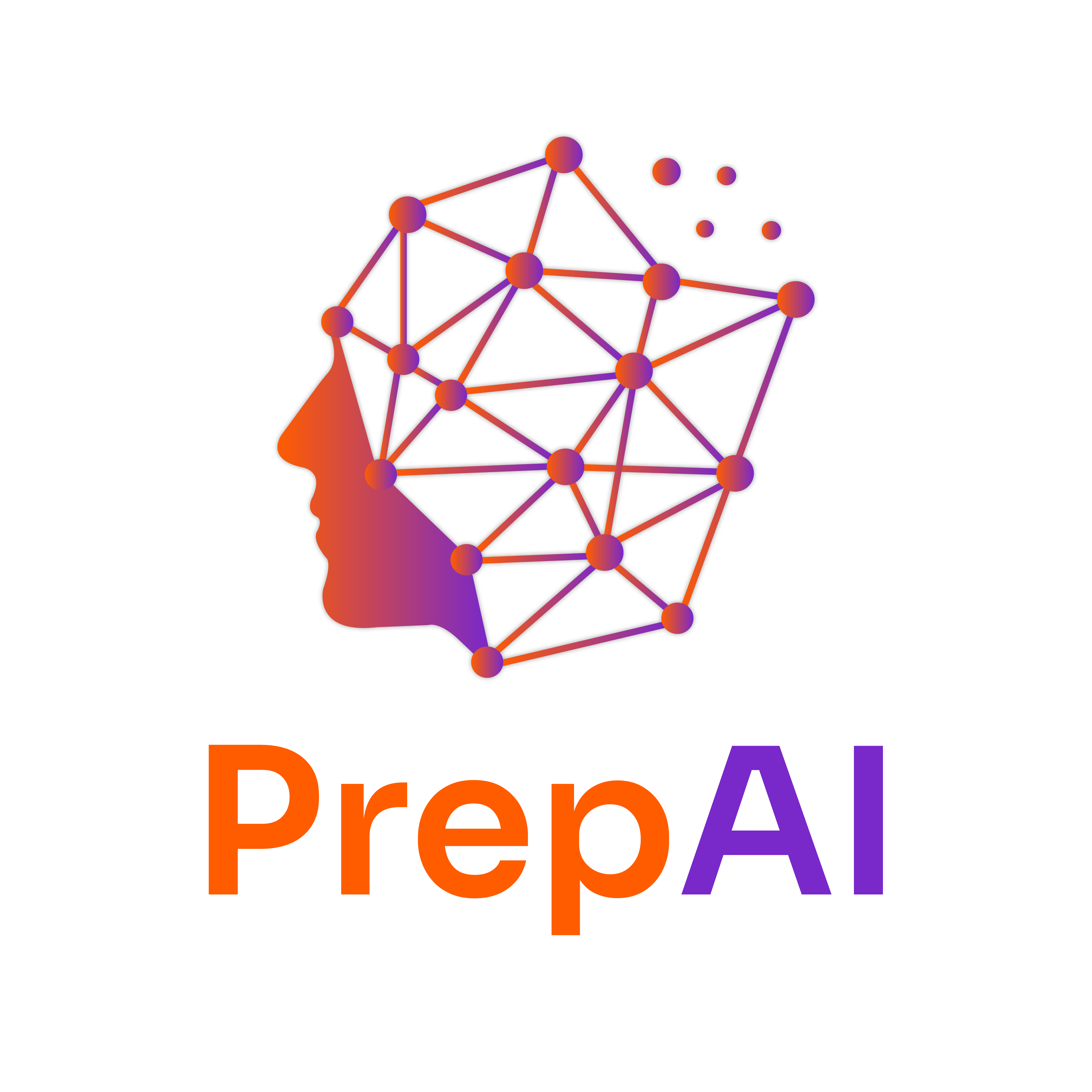Understanding Inter-Process Communication (IPC)
Definition
Inter-Process Communication (IPC) refers to the mechanisms that allow processes to communicate and synchronize their actions when running concurrently. For example, if one process needs data from another process, IPC provides a way for them to exchange that information.
Explanation
Key Parts of IPC
1. Types of IPC Mechanisms
IPC can be implemented through various mechanisms, each suited for different scenarios:
-
Pipes
- Definition: A pipe is a unidirectional communication channel that allows one process to send data to another.
- Example: In Unix/Linux, you can use the command
ls | grep "txt"where the output oflsis sent directly togrep.
-
Message Queues
- Definition: A message queue allows processes to send and receive messages in a FIFO (First In, First Out) manner.
- Example: In a banking application, a message queue can handle transaction requests from multiple users, ensuring they are processed in the order they were received.
-
Shared Memory
- Definition: Shared memory allows multiple processes to access the same memory space for communication.
- Example: In a video processing application, different processes can share the same frame buffer to manipulate video frames simultaneously.
2. Synchronization Issues in IPC
Synchronization is crucial in IPC to prevent race conditions and ensure data consistency. Common synchronization issues include:
- Race Conditions: Occur when multiple processes access shared data simultaneously, leading to unpredictable outcomes.
- Deadlocks: Happen when two or more processes are waiting indefinitely for resources held by each other.
- Starvation: Occurs when a process is perpetually denied the resources it needs to proceed.
Real-World Applications
- Operating Systems: IPC is fundamental in multitasking environments where multiple applications run simultaneously, such as Windows or Linux.
- Web Servers: Handle multiple client requests concurrently using message queues or shared memory for efficient data handling.
- Embedded Systems: Use IPC for communication between different components, such as sensors and actuators.
Challenges and Best Practices
- Challenge: Choosing the right IPC mechanism based on performance needs and complexity.
- Best Practice: Always implement proper synchronization techniques (like semaphores or mutexes) to avoid race conditions and deadlocks.
Practice Problems
Bite-Sized Exercises
- Pipes: Create a simple shell command using pipes to list all files and filter for
.txtfiles. - Message Queues: Write a pseudo-code to implement a message queue for processing user requests in a simple application.
- Shared Memory: Describe a scenario where shared memory would be more beneficial than message queues.
Advanced Problem
- Problem: Implement a simple producer-consumer problem using shared memory in Python.
- Instructions:
- Import the necessary libraries:
import multiprocessing. - Create a shared memory object using
multiprocessing.Array. - Define a producer function that adds items to the shared array.
- Define a consumer function that removes items from the shared array.
- Use
multiprocessing.Processto run both functions concurrently.
- Import the necessary libraries:
- Instructions:
YouTube References
To enhance your understanding of IPC, search for the following terms on Ivy Pro School’s YouTube channel:
- “Inter-Process Communication IPC Ivy Pro School”
- “Pipes in Linux Ivy Pro School”
- “Message Queues in Python Ivy Pro School”
- “Synchronization in IPC Ivy Pro School”
Reflection
- How do different IPC mechanisms impact the performance of applications?
- What are some real-world scenarios where you have encountered synchronization issues?
- How would you choose between using shared memory and message queues for a specific application?
Summary
- IPC is essential for enabling communication between concurrent processes.
- Key IPC mechanisms include pipes, message queues, and shared memory.
- Synchronization issues like race conditions, deadlocks, and starvation must be addressed.
- Real-world applications span operating systems, web servers, and embedded systems.
- Understanding IPC is crucial for developing efficient multi-process applications.
